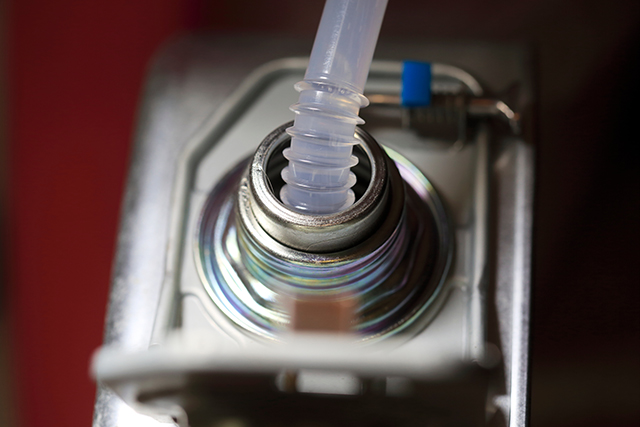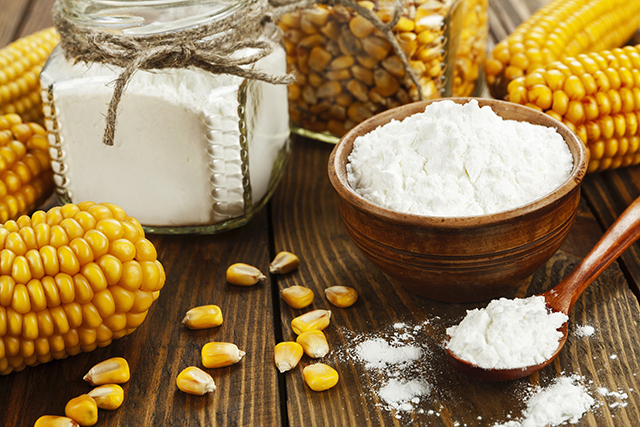Tips for storing different types of fuel long term
07/12/2018 / By Rhonda Johansson

You need fuel during emergency situations. Most people tend to forget that. We are always told to stockpile food and medicine for obvious reasons, but fuel is another crucial item that you should begin storing today. We’re not just talking about gasoline but other fuels needed for heating, cooking, and electricity. In this short guide, we’ll be teaching you how to store different types of fuel for any crisis situation (h/t to MyFamilySurvivalPlan.com.)
- Kerosene — This can be used to power larger machines such as stoves, tractors, and refrigerators. It is also the cheapest alternative to gasoline. When buying gas cans in hardware stores, make sure that you choose a container designated just for Kerosene. These are typically blue. Remember to leave a little air in the top for fuel expansion from changes in temperature. Kerosene stores can last for up to three months. Store kerosene in a cool and dry place.
- Propane — Be very cautious with propane. While its uses are varied, the fuel is toxic and can be dangerous if stored incorrectly. Store propane tanks in a dry and well-ventilated area, preferably in a shed away from your home. Do not store propane in any area where there is a source of ignition.
- Butane — Keep cans of butane in a place that is dry. Butane cans that become rusted can leak and cause damage. These cans must be stored indoors at all times and never placed in direct sunlight. As with propane, do not store butane cans near possible ignition sources such as electrical outlets.
- Gasoline — This will probably be the fuel that you will stockpile the most of. Gasoline is stored similarly to that of kerosene. Buy a red can for gasoline and keep them away from any form of condensation. Gasoline can be safely stored for up to three months. There isn’t a golden rule in how much gasoline you should store for you and your family. It is generally recommended to store at least 25 percent more than it takes to get to your bug out location. So, if your bug out location is 300 miles away, you should have around 25 gallons of fuel stored, assuming 15 mpg. This will allow you to reach your bug out location without being dependent on gas stations.
- Diesel — Yellow cans are meant for diesel. You can try adding a fuel stabilizer such as STA-BIL Diesel to help improve its shelf-life. However, this does not keep the fuel fresh indefinitely. We’d still recommend changing out your supply every three months to ensure its efficacy.
For the serious survivalist
If the doodoo really hit the wall this time and you find yourself without any type of fuel, go back to the basics. Use firewood.
Firewood can create heat and cook food without electricity or chemicals. But before you just randomly chop off the nearest tree, remember that different woods have different burn properties.
Softwoods do not burn well. They burn too quickly and do not produce enough heat. Softwoods likewise leave a lot of ash and emit pungent odors that can cause a burning sensation in your throat.
Hardwoods, on the other hand, burn slowly and have a high heat output. They keep better for long-term storage and produce less smoke. Look for mahogany, walnut, oak, ash, maple, or cherry trees.
Begin stockpiling firewood now. This gives you enough time to season it. This consists of you chopping the wood, splitting it into useable sizes, and then storing it in a dry location. Seasoned wood can last for six months to a year.
Regardless of which fuel you choose, always make sure that you have a professional look at your storage facility to ensure that all safety measures are taken.
Sources include:
Tagged Under: bug out supplies, diesel, firewood, fuel, fuel storage, gas storage, gasoline, kersone, preparedness, Propane, SHTF gear, survival



















